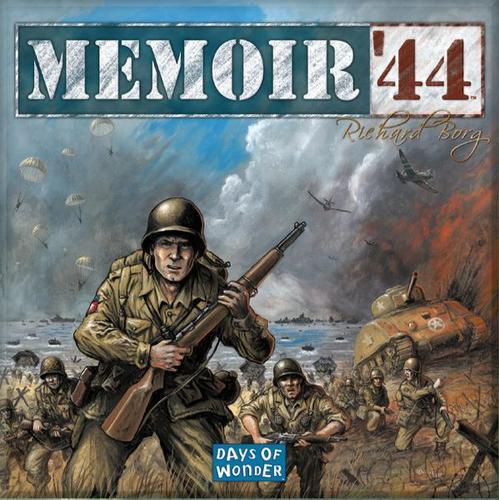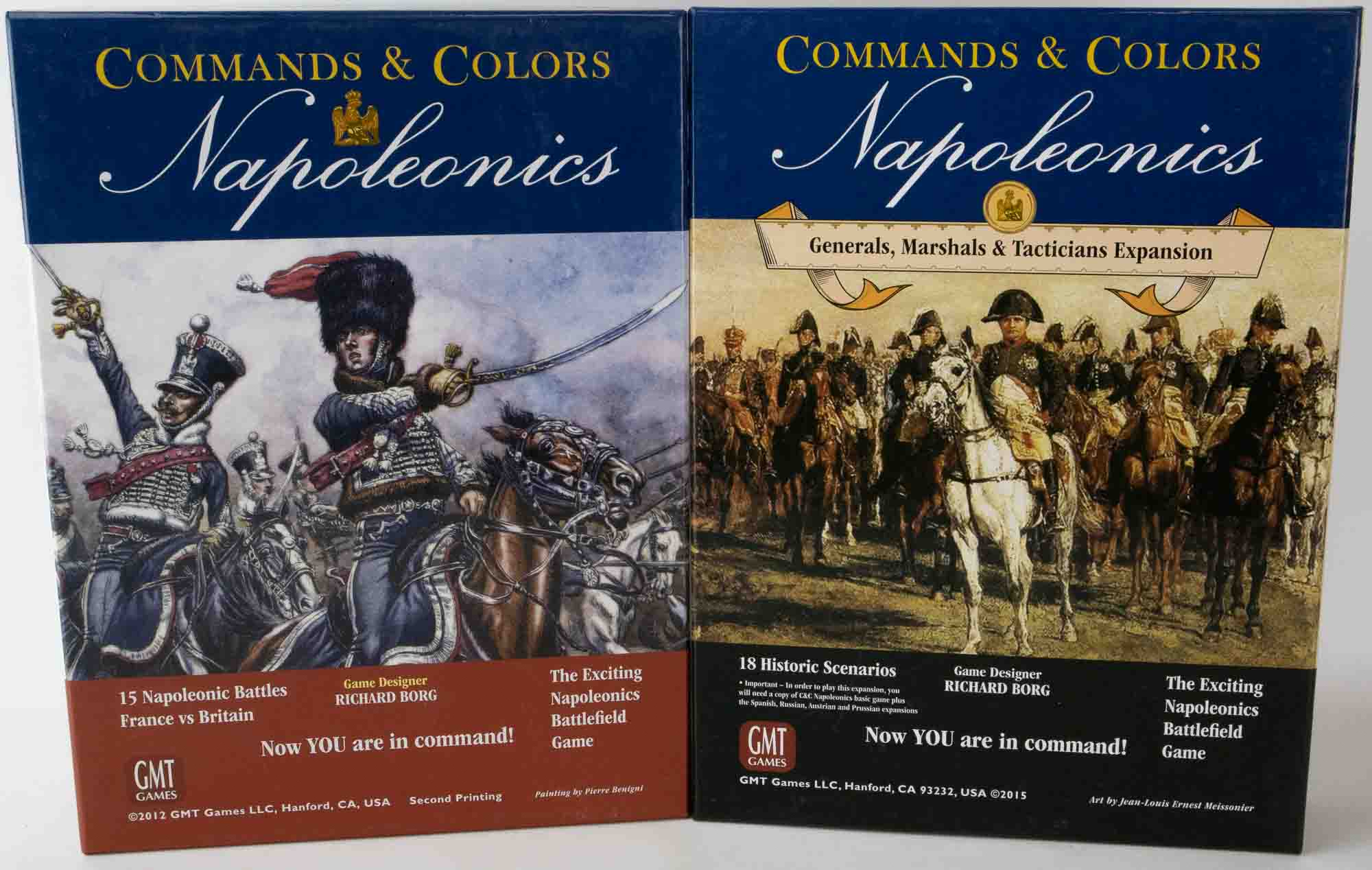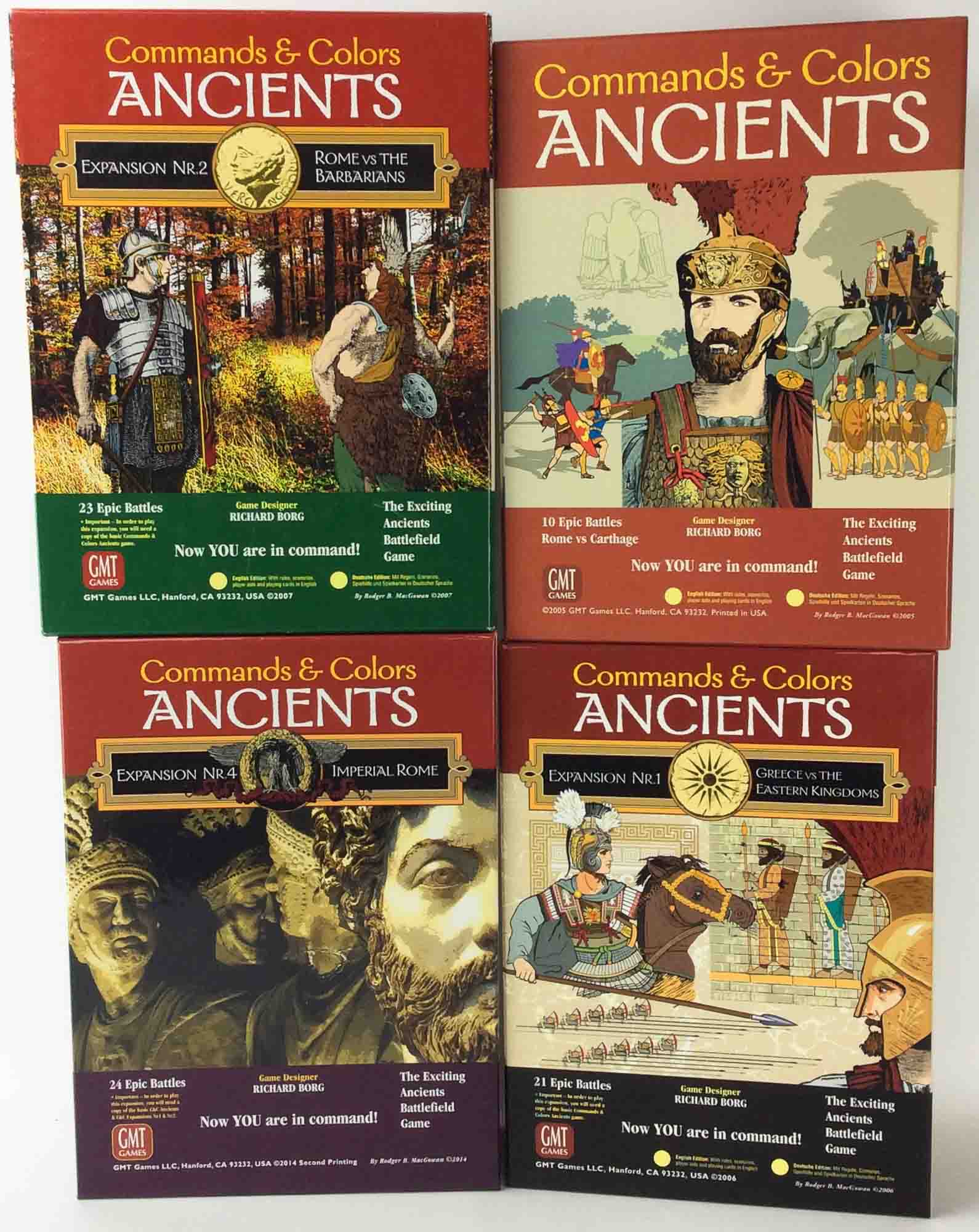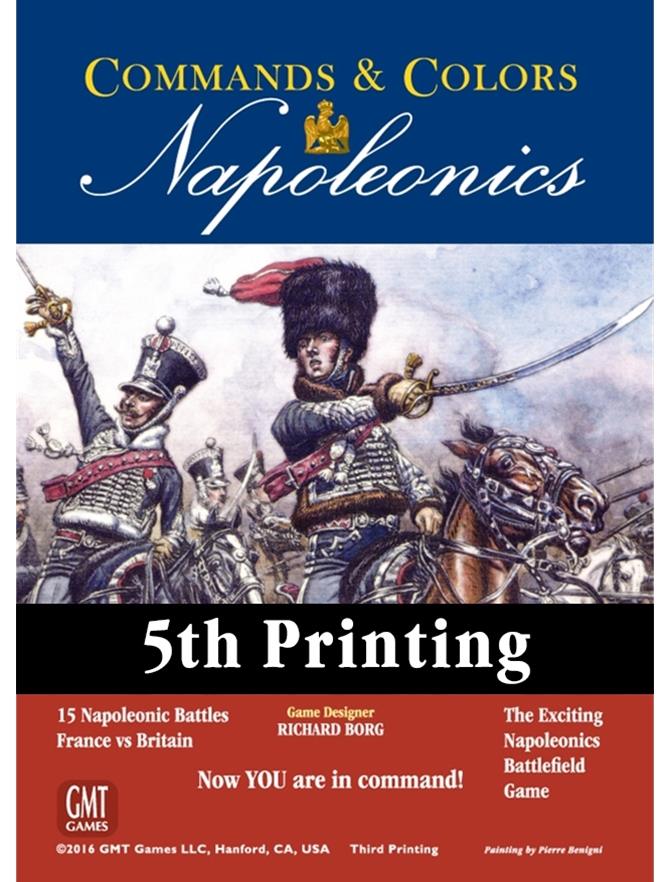Fancy hats, rifles, and long lines marching to hapless slaughter: Napoleon or Napoleonics! It’s an era trading in medieval mystic and modern missiles for cannon and cavalry, a swampy middle made for tactical genius, especially when you find yourself trying to flank some artillery while desperately drawing cards from the most fickle decks in wargaming.
Napoleonics – easy to play, fun to master, and a pinnacle of the Commands and Colors system.
The Command and What?
If you’ve stumbled into a board game store at any point since the early 2000s, you’ve probably set eyes on a Commands and Colors title. Arguably the most popular entry, supported by more expansions than there were soldiers in World War Two, is Memoir ‘44. Its base game smoothes the Commands and Colors system into something explainable in a paragraph, which I’ll attempt, for better or for worse, here:
Two (or more) sides face each other on a battlefield split into sections: left flank, center, and right flank. The forces arrayed by the scenario spread across those flanks. Each side then draws a number of cards from their unique decks to a scenario-dictated hand size, groans at the inevitable bad luck, then sets about playing and drawing one card per turn. Those cards dictate how many and what types of units get to act, and, generally, on which part of the battlefield. You’ll roll dice to score hits, wipe units or hold territory to score points, and either claim victory or flip the table in defeat.
flanks. Each side then draws a number of cards from their unique decks to a scenario-dictated hand size, groans at the inevitable bad luck, then sets about playing and drawing one card per turn. Those cards dictate how many and what types of units get to act, and, generally, on which part of the battlefield. You’ll roll dice to score hits, wipe units or hold territory to score points, and either claim victory or flip the table in defeat.
Such is war.
Napoleonics takes this stable formula and drops you into Le Tondu’s time, letting you play out classic battles, sometimes broken up

into multiple scenarios to cover their size. Unlike Memoir ‘44, which uses minis for its unit markers, Napoleonics uses blocks with stately stickers, creating a striking visual that somehow matches the era. This is a wargame, those blocks seem to say, though it’s not a heavy one.
That last point is the key to Napoleonics and Commands and Colors as a system. This isn’t your dad’s hex-and-counter behemoth, ready to run weekends and whole seasons into the ground before completing a single game. Rather, you can crack open a can of your favorite, invite a buddy who’s barely touched a modern game over, and get to blasting black powder at one another with little more than a ten-minute teach.
The Many Sides of Conquest
If Napoleonics lacks the tremendous tables and mammoth rulebooks someone baptized with World in Flames might expect, it certainly doesn’t skimp on the tasty tactics. Those cards mentioned earlier are more than just a mechanism: they simulate historical battlefield communication. Orders given by runner, trumpet, or waving flags weren’t always caught, much less interpreted correctly, and you get to experience Napoleon’s frustration when staring down a hand full of left flank cards while your center withers under one barrage after another.
waving flags weren’t always caught, much less interpreted correctly, and you get to experience Napoleon’s frustration when staring down a hand full of left flank cards while your center withers under one barrage after another.
This, though, simply means your left side is ripe for opportunity: suddenly a quiet part of the battlefield can erupt with action as both players scramble to shift units to where their best cards lie, making for less pure strategy and more in-the-moment adjustments. As a historical simulation, too, this setup allows for real battles, unbalanced in their actuality, to play without a certain conclusion. Sure, you might want to charge up the right, but if your cards demand an artillery barrage in the center, you’ll have to make do.
Napoleonics does up the complexity some from Memoir ‘44 and other Commands and Colors settings, like Ancients, through its unit variety and terrain. Especially if you’re just looking at base games. However, with that slight caveat, if you want a Napoleon-era game that doesn’t take too long to get to the table, this is a great one to try.
With its recent 5th edition printing, Napoleonics offers sixteen scenarios in its base game, each pitting Napoleon’s French armies against the British. These maps,  ranging from Rolica in 1808 to Waterloo in 1815, give you plenty of play, especially if you do it with tournament style, where you play each scenario twice, swapping sides in between, and compare total scores after. I’ve found this variant lets you really tinker with a scenario’s opportunities, veering off from history to find wild success or hideous failure. It also evens out history’s wrinkles: the first go might have you with overwhelming cavalry charging away, the second, with sides swapped, has you staring down those horses in utter panic.
ranging from Rolica in 1808 to Waterloo in 1815, give you plenty of play, especially if you do it with tournament style, where you play each scenario twice, swapping sides in between, and compare total scores after. I’ve found this variant lets you really tinker with a scenario’s opportunities, veering off from history to find wild success or hideous failure. It also evens out history’s wrinkles: the first go might have you with overwhelming cavalry charging away, the second, with sides swapped, has you staring down those horses in utter panic.
Solo rules come standard too, with GMT’s characteristic polish, so you can stomp the Emperor on your own if you wish.
This, though, is but a taste. Much like Napoleon upon his return from Elba — there’s so much more conquest to be had!
Commands and Colors is a system ripe for expansion, and Napoleonics doesn’t hold back. Myriad options abound to add on to the core game, each one tossing in other factions, plenty of scenarios, or even a ‘Le Grande’ battle mode with up to 8 players, which is both nuts and also the stuff dreams are made of. Still, the point remains: if you want to play as the Spanish army, the Prussians, the Russians, or the Austrians, the choice is yours. Or line them up and knock them down, just like Napoleon himself.
There’s one other expansion worth calling out, simply because it changes every other Napoleonics scenario: the Generals, Marshals, and Tacticians box. This collection includes a lovely scenario stew, always great, but what sets it apart are the special decks containing ability cards for leaders in every battle. These cards provide various effects, meant to showcase the talents of various battlefield commanders. Hidden from your opponent, playing them at the right time adds a level of dynamic surprise, while their limited number keeps the game stable. It’s a way to model genius, both of the real battlefield commanders and, of course, your own as you turn your pal’s winning assault into a grievous mistake. Especially if you’ve played Napoleonics a fair bit, this expansion will make every scenario feel new again.
Tactical Time Traveling
New to war games or not, being, or beating, the twice-exiled emperor of France might not be your dream. And that’s okay, because the Commands and Colors style runs all through history. That oft-repeated wargaming axiom of picking the theater that mosts interests you is exemplified here, with titles like:
Ancients: If you played the first Age of Empires and want to bring those civilizations to your table, this is the one.
Battle-Cry: Grant, Lee, and the whole Civil War Gang is here for another go.
Samurai Battles: Feudal Japan says hello. If you read up on Sekigahara and wanted a more tactical, but still approachable, war game, give this one a look.
The Great War: For a system all about terrain, those trenches make an ideal pairing.
The American Revolution: Having to work with the hand you’re dealt will put you right in Washington’s shoes.
Jacobite Rising: Clans vs the Government. Best enjoyed with a peaty Islay single-malt.
Medieval: Knights, horses, and all the free-wheeling fun the dark ages had to offer.
Red Alert: Tactics . . . in space!
Many of these editions come with expansions too, letting you customize your collection to the battles, settings, and styles you prefer without forcing a re-learn and re-teach every time you want to swap samurais for spaceships. Yes, every version has its unique twists, but, particularly in the wargaming rules world, those tidbits amount to yummy frosting on a favorite, familiar cake.
This Article’s Waterloo
Finding a good place to start with Napoleon-era wargames isn’t hard, because Napoleonics is so friendly to learn compared to the competition. Commands and Colors is so widespread there’s a decent chance you’ve already played a title or two using its rules, or your play partner has. If not, then the swifter matches coupled with side-swapping play makes this an easy title to table.
Because, as Napoleon himself totally observed, a game that’s never played can’t be won.
